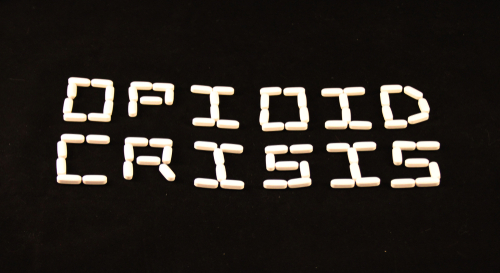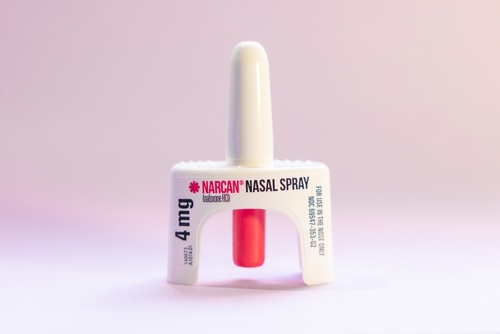
A recent study assessed the costs associated with switching biologic agents for patients with psoriasis. The authors found that compared with persistent users, patients who switched during the first year of treatment had higher rates of comorbidities and comedications, as well as higher preexisting and subsequent health care resource utilization and costs.
The results of the study were presented at the AMCP Annual Meeting during a poster session titled “Psoriasis Patients Switching Biologics Within the First Year of Biologic Treatment Initiation Have More Comedications, Higher Healthcare Resource Utilization, and Are Costlier than Persistent Patients.”
The retrospective study assessed U.S. commercial claims data between 2012 and 2016 to identify adult patients with psoriasis who were biologic-naïve and were continuously enrolled in both the 12-month baseline and follow-up periods. The index date was the first claim for a biologic or apremilast.
The researchers classified patients as persistent users at 12 months if they had a ≤90-day gap in the index treatment (n=4,499). They classified patients who initiated a second biologic/apremilast within 90 days of stopping the first as having switched (n=1,507). Patients who first experienced a dose escalation or psoriasis treatment add-on or discontinued biologics for more than 90 days were excluded.
Compared with persistent patients, patients who switched treatment were more likely to be female (56% vs 47%), have systemic psoriasis treatment at baseline (62% vs 53%), and have topical corticosteroid (66% vs. 51%) and opioid (40% vs 31%) use during follow-up.
At baseline, psoriatic arthritis and depression were more prevalent in patients who switched medications compared with those who did not (36% vs 30% and 16% vs 11%, respectively). The mean all-cause health care resource utilization rate per 1,000 person-years was higher in biologic switchers compared with persistent users at both baseline (emergency room [ER], 325 vs 241; outpatient, 18,981 vs 16,996) and follow-up (ER, 329 vs 227; outpatient, 19,213 vs 15,234). These rates increased from baseline to follow-up for switchers and decreased for persistent patients.
The median all-cause medical and pharmacy costs per-member, per-year were higher for patients who switched at both baseline ($6,726 vs $5,371) and follow-up ($47,649 vs $39,778). The increase in all-cause pharmacy costs from baseline to follow-up was $6,168 greater for the switching cohort. There was a median increase of $11,603 for all-cause pharmacy costs during follow-up from pre- to post-switch.
“Understanding reasons for switching may highlight ways to cost-effectively improve persistence (e.g., more durable treatments),” the researchers concluded.







 © 2025 Mashup Media, LLC, a Formedics Property. All Rights Reserved.
© 2025 Mashup Media, LLC, a Formedics Property. All Rights Reserved.